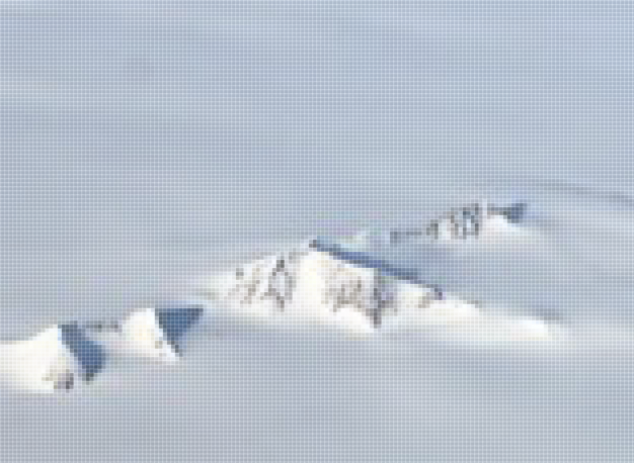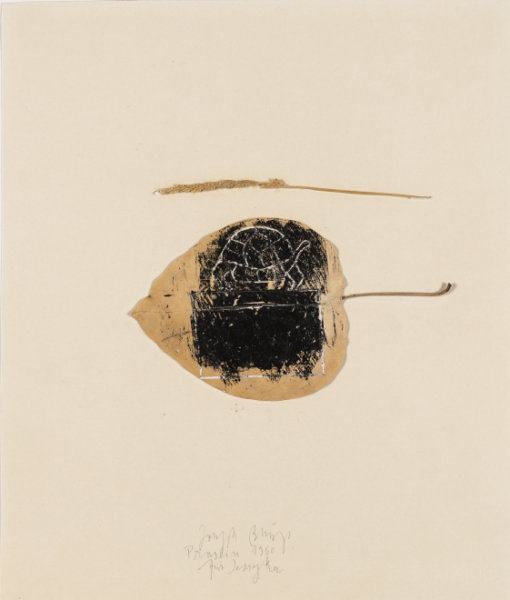
Série podcast “Art : dessine-moi le monde d’après” sur France Culture
L’émission La Grande Table propose une série podcast consacrée à l'art dans le monde de demain. Zoom sur l'épisode 5/5…

Accumulation, a project by e-flux Architecture and Daniel A. Barber, is produced in cooperation with the Princeton Environmental Institute at Princeton University and the Speculative Life Lab at the Milieux Institute, Concordia University Montréal.
In collaboration with Daniel A. Barber, over the course of the next six weeks e-flux architecture will publish a series of essays on this cultural infrastructure and the methodological challenges of its analysis. In so doing they offer a response to the relative invisibility of the climate now seen as material accumulations of social behavior.
They outline some of the opportunities and ambitions of visual scholarship as a means to encounter the challenges emergent in the current epoch: how can climate become visible, culturally and politically?
Knowledge of climatic instability can impact and inflect collective behaviors. It can offer other trajectories for the accumulation of images, knowledge, materials and their effects; counter-accumulations that draw the present into a different future.
Introduction
The climate is not the weather. Weather can be experienced, but to understand climate, media is necessary. As the computational capacity to manage meteorological data emerged in the middle of the twentieth century, so did the means of visualizing and disseminating these new forms of complex information.
Scientific knowledge of global and regional climate systems has been advanced through expressive, technical, and speculative images. Media provide access to processes of accumulation that are endemic to the contemporary socio-biotic condition of climate instability. If media do not precisely determine our situation, in the wake of Friedrich Kittler, they nonetheless provide access to the material and cultural outlines of possible futures.
The current epoch is one of accumulation: not only of capital (primitive or otherwise) but also of raw, often unruly material; from plastic in the ocean and carbon in the atmosphere to people, buildings and cities. Of anxiety, and of a recognition of the difficulty of finding effective means for intervening in the behaviors and practices that engender these patterns.
Alongside these material accumulations, image making practices embedded within the disciplines of art and architecture have proven to be fertile, mobile and capacious. Images of accumulation help open up the climate to cultural inquiry and political mobilization.
Historically, climatic media within the field of architecture have ranged from technical images of thermal comfort and considerations of solar paths to speculative forms for living in a range of climates and, more recently, the manipulation of false color diagrams in which climatic effects are themselves taken as a space of creativity.
In this sense, the coming together of climate and architecture reinforces a positioning of the architect as mediatic agent and opens out to a more general analysis of spatial, material, urbanistic, and climate engaged media production.
Artistic practices, methods of resistance and literary tropes similarly operate across this nexus of aesthetics, space and climate.
Projet Accumulation, E-flux Architecture et Daniel A. Barber
[Lire la suite du projet et plus d’informations dessus sur e-flux]
L’émission La Grande Table propose une série podcast consacrée à l'art dans le monde de demain. Zoom sur l'épisode 5/5…
La résistance contemplative dans l'art contemporain
Quelques éléments d'introduction proposés par Aude Porcedda & Olivier Petit

